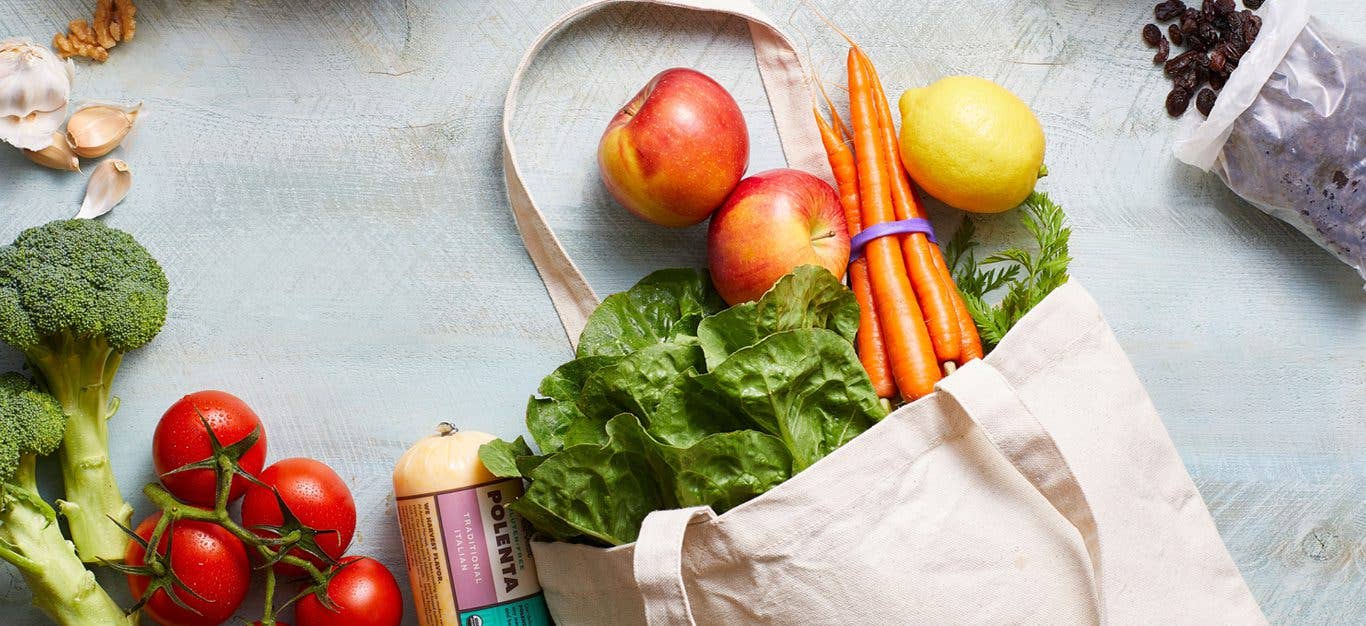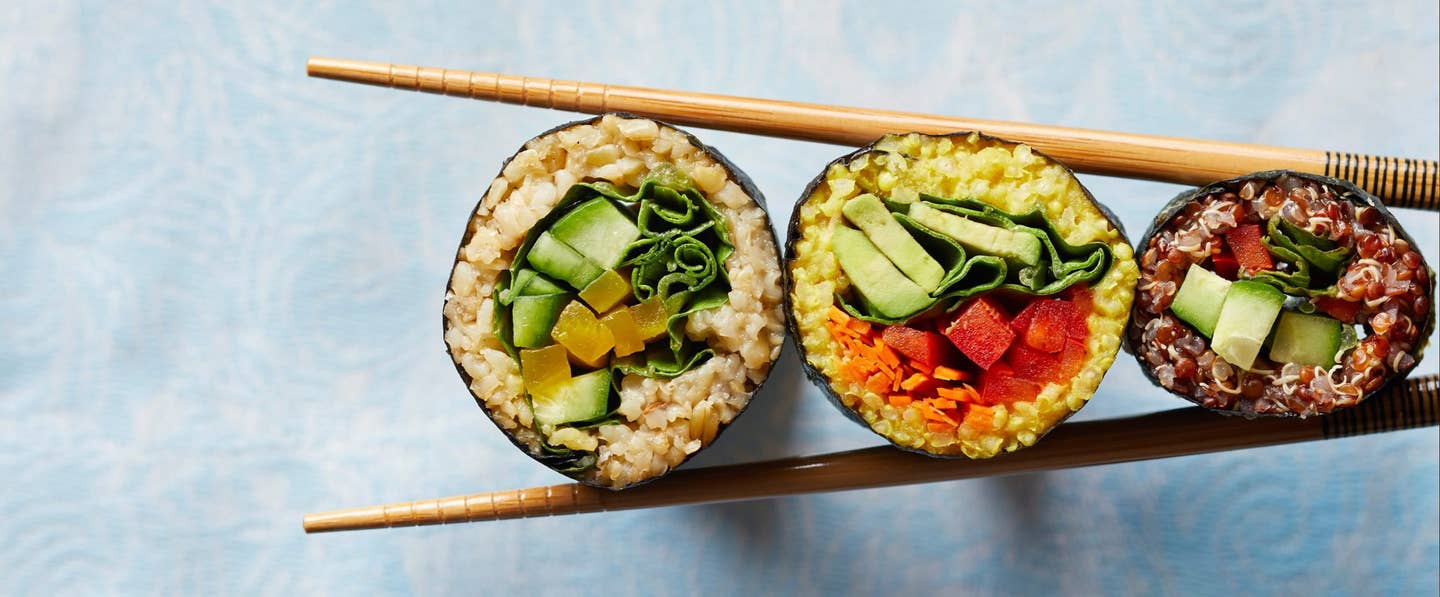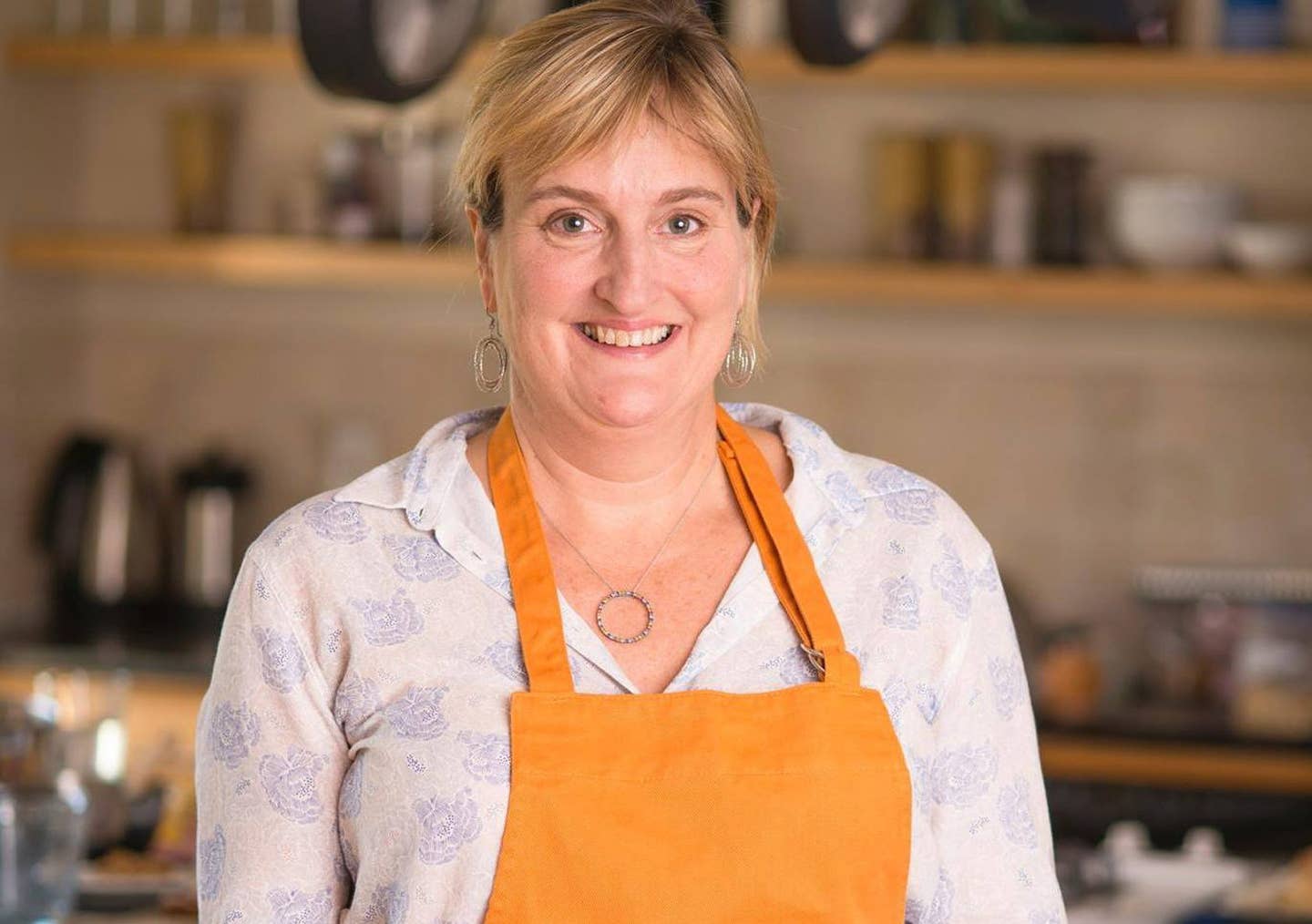Sea vegetables, or edible seaweed, have been a staple ingredient in Japan, Korea, and China for millennia. Read on to learn more about common types of sea vegetables and how to use them in your kitchen today.
What Are Sea Vegetables?
“Sea vegetables” is the culinary term for the different seaweeds used in cooking. They are staple ingredients in Asian cuisines, where dried seaweeds such as wakame, hijiki, kombu, and nori play starring roles in soups, salads, grain dishes, and sushi. These days, sea vegetables are harvested and marketed around the globe, making them accessible to cooks everywhere.
Sea Vegetable Nutrition
While each seaweed’s nutritional profile is a little different, all are good sources of iodine, vitamin C, iron, and calcium and contain trace minerals such as magnesium, selenium, and zinc. Recent research has also shown that sea vegetables are a good plant-based source of essential omega-3 and omega-6 fatty acids. Because sea vegetables come from the sea, they are naturally high in sodium. (Wakame is among the sea veggies highest in sodium, while nori is among the lowest.) We recommend enjoying them as a flavor enhancer rather than a substantial source of nutrition.
Seaweed and Umami
Edible seaweeds are also high in glutamates, natural compounds that stimulate umami/savoriness, one of the five basic tastes. Umami is often described as an extra sense of deliciousness, and that is exactly what sea vegetables add to dishes. One of the best ways to taste how sea vegetables can enhance the umami of foods is to add a strip of kombu (dried sea kelp) to a pot of beans. The kombu deepens the beans’ natural flavors. Enzymes in kombu help break down some of their starches to make beans creamy-soft but not mushy. Those same enzymes also break down gas-producing raffinose sugars so beans are easy to digest and less likely to cause intestinal complaints such as gas.
The Top 6 Sea Vegetables to Use in the Kitchen
Fresh sea vegetables may require some effort to find, but dried seaweeds are readily available in well-stocked supermarkets and Asian groceries. They are also incredibly easy to use. Here’s a rundown of the six most versatile sea vegetables and how to start cooking with them right away.
Dulse
Purplish-red flakes or sheets that have a nutty, peppery flavor and chewy texture.
To rehydrate: Soak 10 minutes in cool water.
- Seasoning: Place dried dulse flakes in a pepper grinder and sprinkle over foods.
- Soup: Add 1 to 2 Tbsp. dulse flakes to your favorite soup or chowder recipe.
- Bread: Knead 2 Tbsp. dried dulse flakes into bread doughs.
- Pasta: Cook 1 to 2 tsp. dulse flakes with pasta.
Hijiki
Fine, black filaments with a sweet, mushroom-like taste and crunchy-chewy texture.
To rehydrate: Soak 30 minutes in warm water.
- Salad: Add rehydrated, drained hijiki to bean, grain, and grated vegetable salads for texture, or stir into dressings.
- Sushi: Include soaked, drained hijiki in sushi roll fillings.
- Cold soup: Stir 1 Tbsp. soaked, drained hijiki into gazpacho.
- Garnish: Top finger foods, bruschetta, and tartines with a pinch of soaked, drained hijiki.
Kombu/Kelp
Dark green seaweed used both as a seasoning and a vegetable. As kombu is dried, it develops a white, powdery bloom that is rich in umami flavor.
To rehydrate: Simmer 5 minutes in boiling water.
- Beans: Add a kombu strip to the cooking water for flavorful, extra creamy, easier-to-digest legumes.
- Dashi broth: Simmer 1 strip of kombu in 4 cups water for 10 minutes to make dashi, the broth base for miso soup.
- Pickles: Include rehydrated and sliced kombu strips in pickle recipes.
- Seasoning: Use in place of bay leaves to flavor soups, stews, and grain dishes.
Nori
Thin, papery dark green or black sheets of seaweed with a mild, nutty flavor.
Ready to use; no need to rehydrate.
- Sushi: In the U.S., nori is best-known as the outer layer of sushi rolls. See our complete guide for making vegan sushi at home with nori and a few other basic ingredients.
- Grains: Stir ¼ cup chopped or thinly sliced nori into your favorite grain recipe.
- Furikake: A savory sprinkle for rice, furikake is a Japanese condiment made with sesame seeds, nori, and salt. Look for it in the supermarket spice aisle or the Asian foods section. You can make your own by pulsing ¼ cup toasted sesame seeds with 4 nori sheets and a pinch of salt in a food processor until finely chopped.
Spirulina
Typically sold as a powdered dietary supplement, spirulina is a blue-green algae with a briny flavor.
Ready to use; no need to rehydrate.
- Green soup: Give soups made with peas and/or greens like spinach and kale a burst of vibrant color by adding a pinch before blending.
- Salad Dressing: Whisk a pinch of spirulina into salad dressings for briny flavor.
Wakame
Emerald green sheets with a chewy texture and almost meaty flavor. North Atlantic wakame is also called alaria.
To rehydrate: Soak 5 to 10 minutes in warm water.
- Seaweed salad: Slice rehydrated wakame sheets into thin strips and toss with sesame seeds, rice vinegar, and a drop or two of soy sauce.
- Noodle soups: Add rehydrated wakame strips to noodle soups like Creamy Vegan Ramen.
Our Favorite Sea Vegetable Recipes
Try one of these healthy plant-based seaweed recipes from Forks Over Knives today.
For more guidance in healthy cooking, check out Forks Meal Planner, FOK’s easy weekly meal-planning tool to keep you on a plant-based path. To learn more about a whole-food, plant-based diet, visit our Plant-Based Primer.
Related News
Try Our Top-RatedMeal Planner Free

Forks Meal Planner takes the hard work out of making nutritious meals the whole family will enjoy.
SAVE $200 ON OUR ULTIMATE COURSE

Join our best-selling course at a new lower price!





